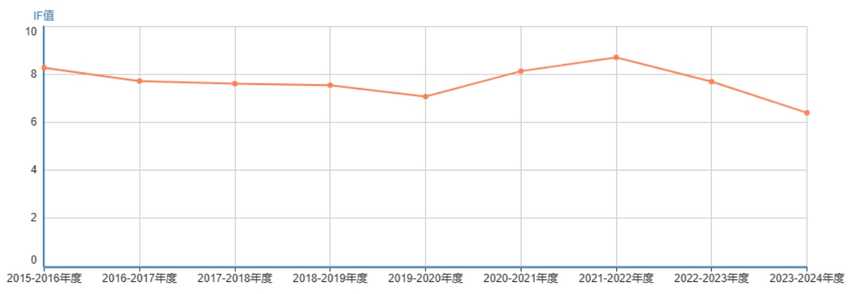Please click the button below to go to our email login page
|
Conflict Escalates! Clarivate Officially Announces: Cancellation of eLife’s Impact Factor!On November 13th local time, Clarivate, the operator of Web of Science, announced that it will no longer assign an impact factor to eLife, a Tier 1 journal of the Chinese Academy of Sciences. However, some articles from this journal will still be included in the Web of Science database.
Last month, eLife was placed on alert by the Web of Science platform and marked as “On Hold”, because the journal adopted a new publication model since last year, which no longer rejects manuscripts but instead publishes them in the form of “reviewed preprints”, a practice that deviates from the peer review validation recognized by Clarivate.
According to Retraction Watch, Clarivate stated in its latest decision that compliant papers from eLife, excluding those deemed “incomplete” or “insufficient”, will continue to be included in the ESCI collection. However, journals that are partially indexed are not eligible to receive a journal impact factor or any other journal-level citation metrics. Hence, eLife will not receive an impact factor in the next Journal Citation Reports (JCR), which is set to be published in June next year.
Historical Impact Factors of eLife A spokesperson for eLife stated that they learned of Clarivate’s decision on November 12th and had not yet responded to the company’s letter. When eLife was placed on alert last month, they issued a statement that they neither endorse the ambiguous journal evaluation metric of impact factors nor have they ever wanted an impact factor. A member of eLife’s management further said that the journal understands the value of indexing in Web of Science and its importance for authors 【Timeline Review of the Event】
eLife announced that starting from July 2021, it would only publish papers that have been posted on preprint servers such as bioRxiv, medRxiv, or arXiv, a move seen as “publish first, then review”.
eLife dropped another bombshell: from January 31st, 2023, all articles that have undergone peer review would not receive acceptance or rejection decisions from eLife; instead, they would be directly published on its website.
29 eLife editors, including Randy Schekman, wrote a letter to the journal’s publisher, demanding the immediate removal of Editor-in-Chief Eisen. Meanwhile, 5 eLife deputy editors resigned, and a significant number of reviewers and senior editors were “on the verge of resigning”.
Science News noted that after the implementation of the new policy, the publication cycle of eLife had significantly shortened, but there was also a decline in submissions.
eLife was placed on Clarivate’s “On Hold” list.
Clarivate announced the cancellation of eLife’s impact factor.
Since its establishment in 2012, eLife has been striving to become a selective open access journal, competing with top tier journals such as Cell, Nature, and Science. Although the new model is designed to address common issues in publishing, such as publication delays, some critics point out that the model causes a loss of impact factors and may result in negative consequences including a decline in publishing quality.
The supporters of eLife insist that impact factors do not represent the quality of a research article, and that eLife’s open model contributes to advancement in science, because it promotes transparency of peer review and ultimately allows readers to judge its value based on the content of the article and peer review. However, eLife’s editor Randy Schekman believes that it is impractical to rely solely on reader evaluation because readers have insufficient time to analyze each article in depth. |


